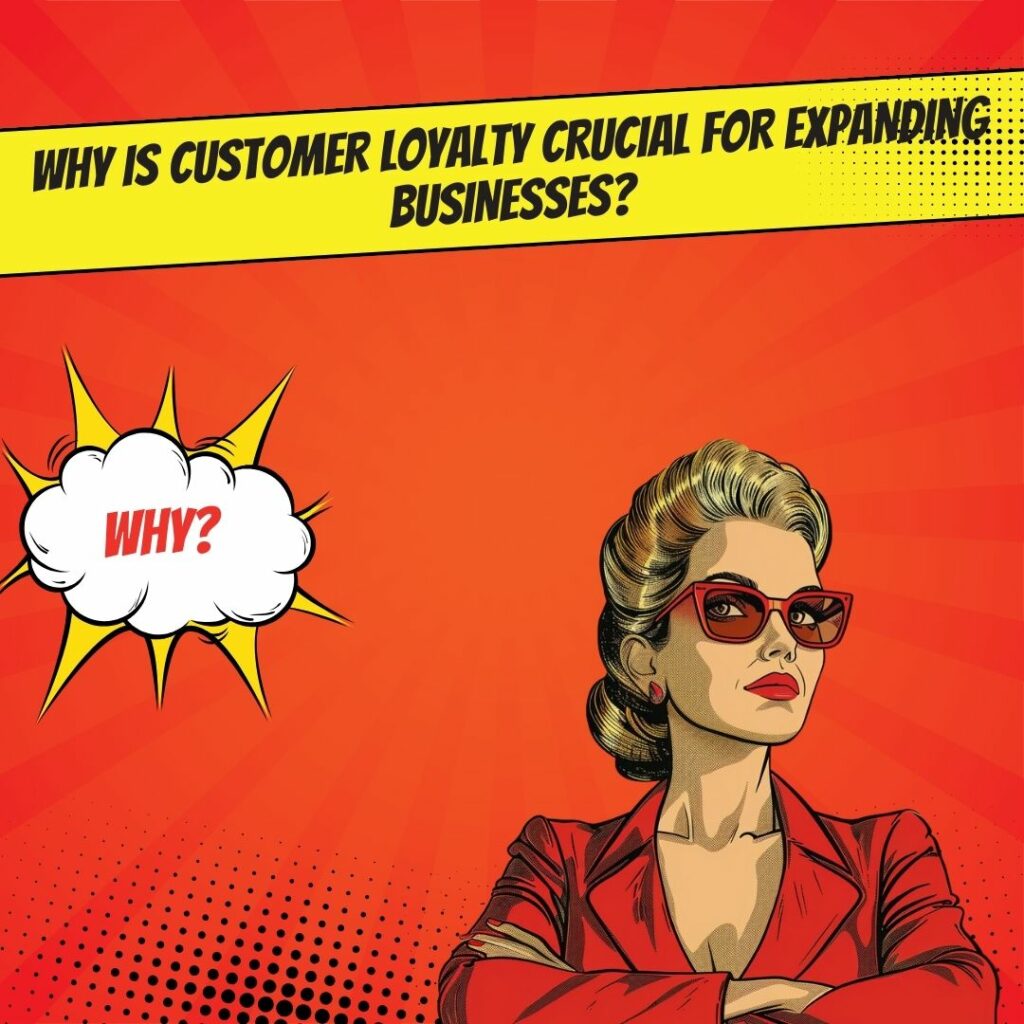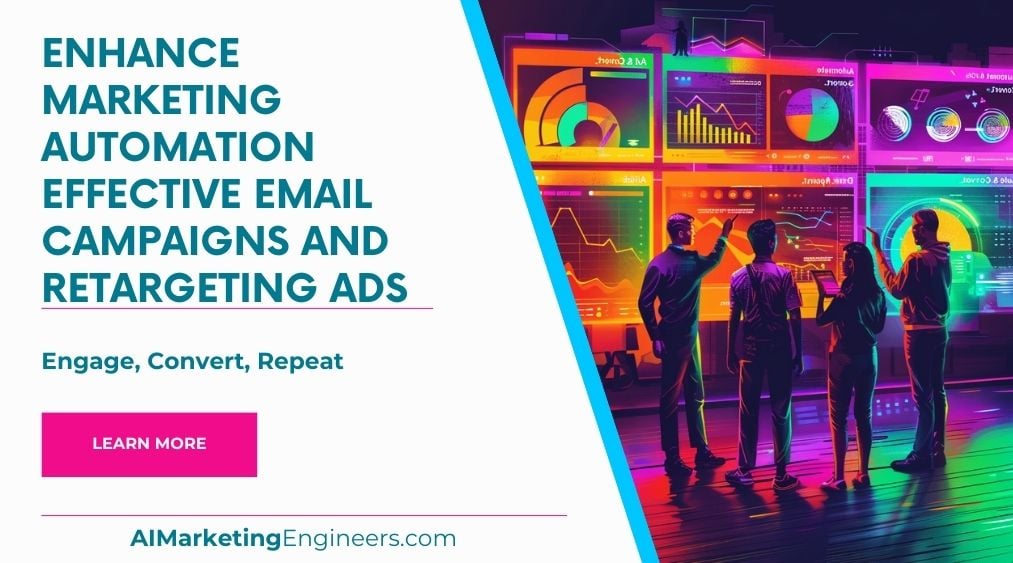Key Takeaways
✅ Customer Retention Increases Revenue and Profits: Did you know a mere 5% increase in customer retention can boost your profits by a whopping 25-95%? With a focus on keeping your customers around, you could see your revenue jump by up to 80% in just 18-24 months. This isn't just about keeping faces familiar; it's about making your bottom line healthier and more resilient.
✅ Customer Retention Reduces Acquisition Costs and Churn: Think about this - acquiring a new customer can be 6-7 times more expensive than retaining an existing one. When you cut down on churn by doubling down on retention, not only are you saving on your marketing bucks, but you're also stabilizing your customer base. It's a smarter, more efficient way to grow.
✅ Loyal Customers Spend More and Provide Long-Term Value: Here's a golden nugget - the chances of selling to an already loyal customer hover around 60-70%, whereas selling to a newbie? Only 5-20%. Plus, those repeat customers are likely to spend 30% more on your new offerings. It’s clear, focusing on the folks who already love your brand can pay off in more ways than one.
 Introduction
Introduction
Ever wonder why some businesses keep growing, no matter the odds, while others struggle to keep the lights on? The secret might be simpler than you think: customer retention. In a marketplace where catching the eye of new customers is more challenging and expensive than ever, keeping your current customers happy could be your golden ticket.
Why does customer retention matter so much? It's not just about having a steady stream of sales; it's about building a business that lasts. High customer churn significantly hampers your revenue and growth prospects. On the flip side, a robust strategy to keep your customers coming back not only boosts your bottom line but also sets you apart from the competition.
But how do you turn casual buyers into loyal enthusiasts? The marketplace is always buzzing with new tactics and trends. This article is your guide to understanding the innovative perspectives and modern trends that can help maximize your revenue, ROAS (Return on Ad Spend), and ROI (Return on Investment). Stick around as we dive deep into the world of customer retention. With actionable insights and groundbreaking information, we promise to unlock the secrets to turning one-time buyers into lifelong supporters of your brand.
Top Statistics
| Statistic | Insight |
|---|---|
| Average Customer Retention Rate: The average customer retention rate across 10 industries is 75%. | This shows the significant impact that maintaining a loyal customer base can have on a business's bottom line. |
| Revenue Uplift from Improved Customer Experience: 84% of companies see an uplift in revenue. | Improving customer experience directly correlates with increased spending, highlighting the value of investing in customer satisfaction. |
| Cost of Customer Acquisition vs. Retention: It is 6 to 7 times more expensive to acquire a new customer than to retain an existing one. | This statistic emphasizes the cost-efficiency of retention strategies over constantly seeking new customers. |
| Revenue Increase from Retention: A 5% increase in customer retention can increase company revenue by 25-95%. | A small improvement in retention can lead to substantial revenue growth, showcasing its importance for business stability and growth. |
| Customer Service Impact: 90% of consumers say a positive customer service experience makes them more likely to buy again. | Exceptional customer service is crucial in encouraging repeat business, proving that every interaction matters. |
Why Customer Retention is Key to Unlocking Business Growth
In the bustling market, the ability to keep customers coming back for more is often what sets successful businesses apart from their struggling counterparts. Customer retention isn't just a nice-to-have; it's a must-have for anyone aiming for longevity and profitability in today’s competitive environment. But why is it so critical? For starters, it's the bedrock of building lasting relationships with your clientele, driving revenue growth in ways that continually acquiring new customers simply can't match.
A high customer churn rate can seriously harm your business's financial health, slicing into your revenue and stifling growth. On the flip side, loyal customers lay the foundation for a thriving business, characterized by stability and robust growth over time. They're not just making one-off purchases; they're investing in a relationship with your brand, contributing to a predictable and steady flow of income.
The Real Benefits of Keeping Customers Around
Diving deeper into the benefits, the higher lifetime value of repeat customers is a goldmine. These aren't just shoppers; they're advocates and fans of your brand, likely to make more purchases and help spread the word. This dynamic significantly reduces marketing costs, as it's far less expensive to keep a customer than it is to find a new one. Moreover, it's been reported that even a modest 5% increase in customer retention can boost profits by 25-95%. Yes, you read that correctly. Repeat customers don't just come back; they tend to spend more over time, enhancing your revenue without the added cost of acquisition.
An approach focused on retention naturally leads to an improved customer experience. It forces businesses to pay closer attention to their customers' needs and preferences, fine-tuning offerings and services to meet — and exceed — expectations. This not only cultivates loyalty but also carves out a competitive advantage by differentiating your brand in a saturated market. After all, in a world where options abound, customers remember the companies that remember them.
Strategies to Keep Customers Coming Back
How do you make sure customers stay engaged? Excellent customer service is non-negotiable. It's about building trust and satisfaction, ensuring that your customers feel valued from every touchpoint. Additionally, tailoring the shopping experience to meet individual needs and preferences can significantly boost loyalty. Whether through personalized products, services, or curated content, showing customers that you understand them goes a long way.
Implementing loyalty programs can further incentivize repeat business, offering rewards that acknowledge and appreciate customer fidelity. And let's not forget the power of regular engagement through email marketing and social media. Keeping in touch, updating customers about new offerings, and sharing relevant information helps maintain and deepen relationships.
Measuring Success in Customer Retention
Understanding your customer retention rate is crucial for gauging the health of your business. It’s a clear indicator of how well you're maintaining customer relationships over a specific time period. To put your performance in context, comparing your retention rates against industry benchmarks can provide valuable insights, helping you identify areas for improvement. High retention rates often correlate with increased customer loyalty and long-term revenue growth. Conversely, low retention rates can highlight potential issues in customer satisfaction and service quality that need to be addressed.
Elevating Customer Retention with Customer Success Teams
Customer success teams play a pivotal role in this ecosystem. They're the bridge between your business and your customers, dedicated to understanding and serving your customers' needs, ensuring satisfaction, and fostering loyalty. By also collaborating with sales, customer service, and other departments, they ensure a cohesive strategy designed to optimize the customer experience and bolster retention rates.
Retaining customers is more than just a strategy; it's a comprehensive approach to business that recognizes the value of building lasting relationships. It's about understanding and meeting customers' evolving needs, and doing so consistently over time. In the ever-competitive marketplace, those who master the art of customer retention will likely find themselves leading the pack, enjoying the fruits of loyalty, and securing long-term success.
AI Marketing Engineers Recommendation
Recommendation 1: Personalize Your Customer Experience: Data shows that a whopping 80% of customers are more likely to purchase from a brand that provides personalized experiences. Dive into your customer data (purchase history, preferences, feedback) to tailor your communication and offers. This could mean sending out birthday discounts, personalized shopping recommendations, or even asking for feedback on their recent purchase. By making customers feel valued and understood, you’re more likely to keep them coming back.
Recommendation 2: Implement a Customer Loyalty Program: With a reported 75% of consumers saying they favor companies that offer rewards, there’s no denying the power of a good loyalty program. Not just any program, but one that genuinely rewards customers in a way that’s meaningful to them. This could be through exclusive deals, early access to new products, or points that can be redeemed for discounts. The trick is to keep the program simple yet attractive, making it an easy choice for customers to stick with your brand.
Recommendation 3: Leverage Technology for Better Customer Service: Convenience is king in today's fast-paced world. Tools like chatbots, AI-driven helpdesks, and self-service portals not only make it easier for your customers to get the help they need when they need it but also show that you value their time and business. Investing in technology that streamlines customer service can significantly impact customer satisfaction and loyalty. And with 73% of customers saying that customer experience is an important factor in their purchasing decisions, this is one area you can't afford to ignore.
Relevant Links
- Boost Your Brand's Digital Impact with AI
- Key Strategies for Setting Impactful Marketing Goals
- Maximize Market Penetration with Targeted Campaign Reach
- The Golden Rules of Ad Personalization
- Unlocking the Full Potential of Your Advertising Design
Conclusion
Understanding the importance of customer retention is like recognizing the backbone of a thriving business in today's competitive market. It's clear from our discussion that the vitality of nurturing loyal relationships can't be overstated—it builds a foundation for lasting success and significant revenue growth. Reflecting on our insights, it's evident that the benefits of customer retention are manifold. From enhancing customer lifetime value to significantly reducing marketing costs, the advantages span across various aspects of a business, clearly emphasizing why keeping those customer connections strong matters so much.
Moreover, with strategies ranging from delivering exceptional customer service to creating personalized experiences and engaging through digital channels, businesses have a roadmap to foster customer loyalty. And, through the vigilant monitoring of customer retention rates against industry benchmarks, businesses can gauge their performance, fine-tune their strategies, and ensure they're on the path to success. The role of customer success teams also emerges as a pivotal factor, highlighting the need for cross-functional collaboration to elevate the customer experience and retention.
This symbiotic relationship among all teams within an organization underscores the collective effort required to keep customers coming back. As we look forward, let's embrace the notion that retaining a customer is not merely a tactical move but a strategic imperative that fuels growth, innovation, and competitive edge. The journey doesn't end with a sale; it begins anew with each opportunity to exceed expectations and create memorable experiences. So, let us take this knowledge and turn it into action, for the road to business success is paved with the loyalty of satisfied customers.
FAQs
Question 1: What is customer retention?
Answer: Customer retention is the process and ability of a company to retain its customers over a given period. It measures how many customers continue to use and resubscribe to a service over time.
Question 2: Why is customer retention important?
Answer: Customer retention is important because it shows whether a company is delivering value to its customers. It increases ROI, boosts loyalty, and brings in new customers through referrals. Retaining customers is more cost-effective than acquiring new ones.
Question 3: What is the difference between customer acquisition and retention?
Answer: Customer acquisition focuses on attracting new customers, while customer retention focuses on keeping existing customers. Retention is more important for long-term growth and revenue.
Question 4: How does customer retention impact ROI?
Answer: A 5% increase in customer retention can increase company revenue by 25-95%. Retaining customers is more cost-effective than acquiring new ones, leading to higher ROI.
Question 5: What are the benefits of customer retention?
Answer: Benefits include increased revenue, reduced customer acquisition costs, higher customer lifetime value, more referrals, and improved customer loyalty.
Question 6: How does customer retention affect customer lifetime value (CLV)?
Answer: The better the retention strategy, the higher the CLV. This is because retained customers spend more money and purchase more often than newer customers.
Question 7: What are some effective customer retention strategies?
Answer: Strategies include engaging with customers regularly, using the right communication platforms, making data available to all employees, and focusing on upselling and cross-selling to existing customers.
Question 8: How can businesses measure customer retention?
Answer: The simplest formula is to divide the number of active users by the total number of users at the beginning of a time period. Other metrics include customer churn rate and customer satisfaction.
Question 9: What are some common mistakes businesses make regarding customer retention?
Answer: Common mistakes include focusing too much on new customer acquisition and neglecting existing customers, not measuring customer retention rates, and not implementing effective retention strategies.
Question 10: How can businesses prioritize customer retention?
Answer: Businesses can prioritize retention by allocating resources to customer success teams, implementing data-driven retention strategies, and making customer retention a core part of their growth strategy.











